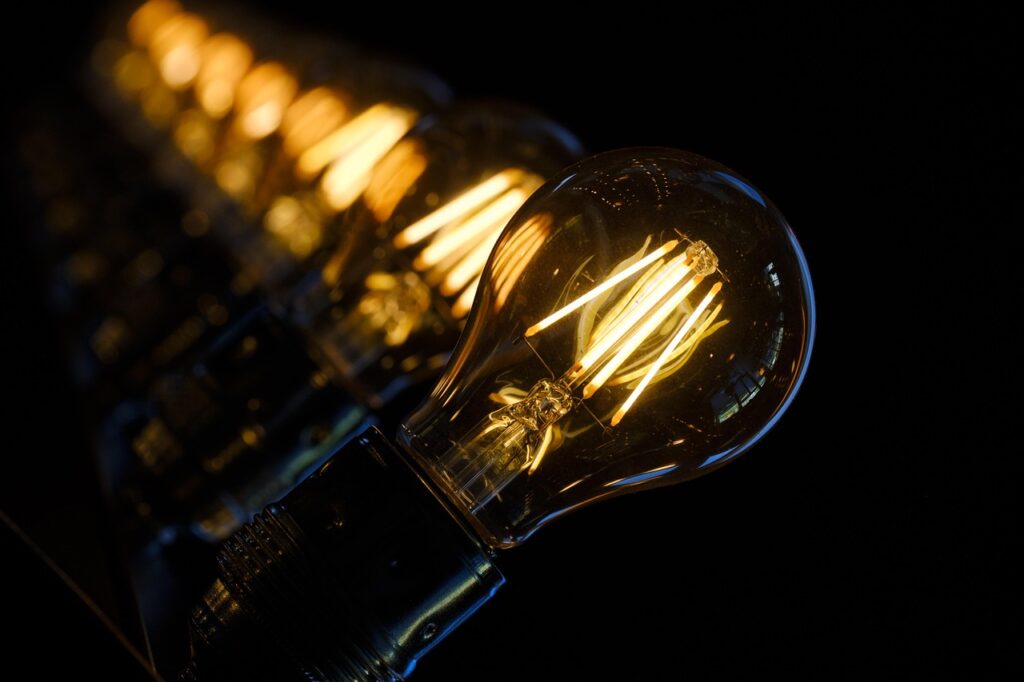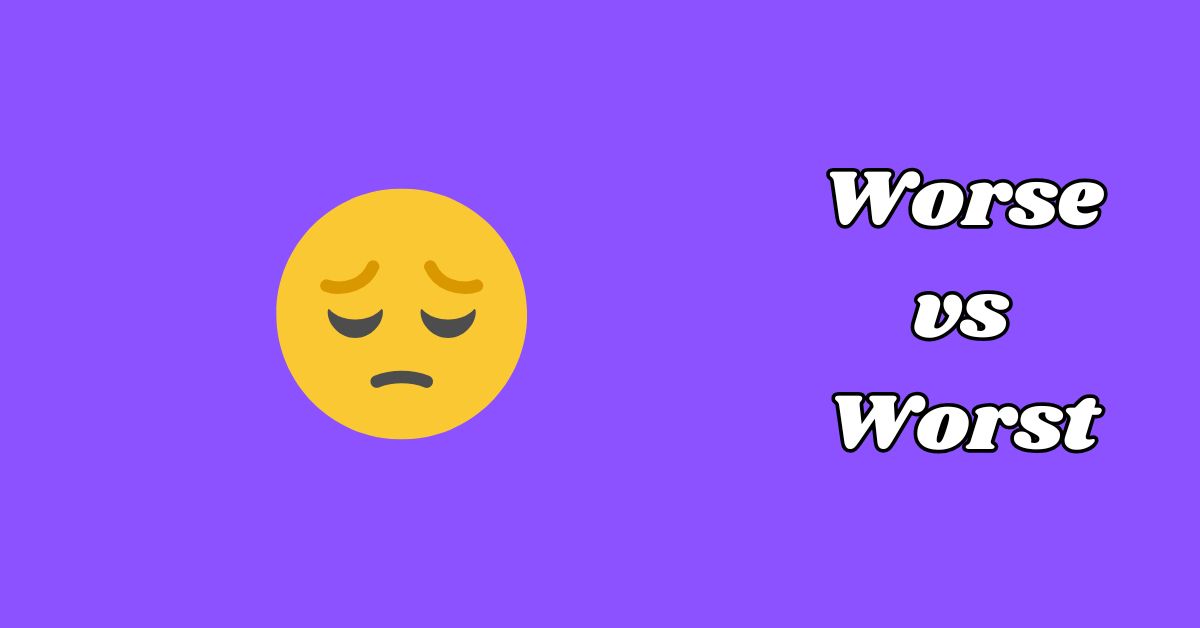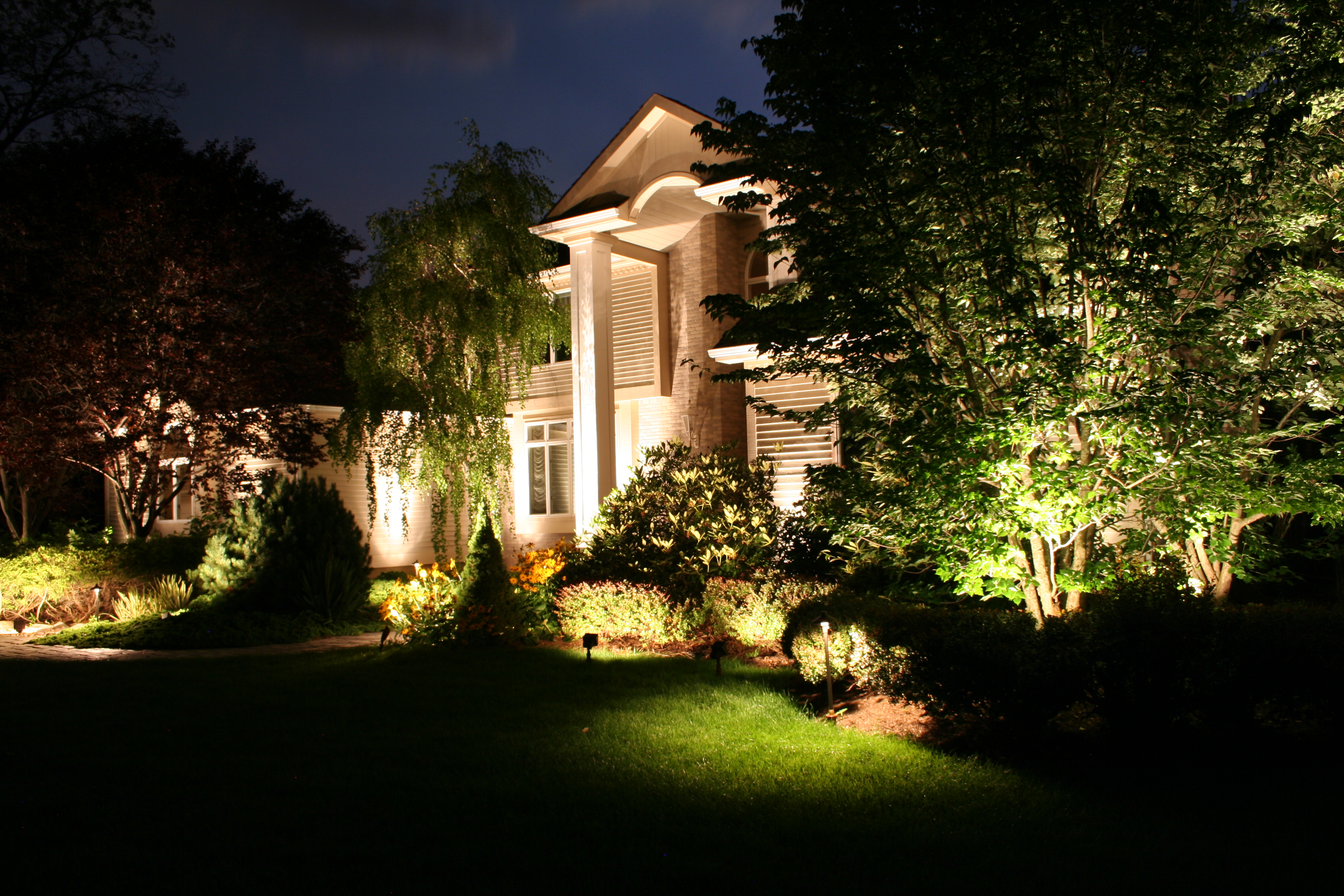
Outdoor lighting has seen a surge in popularity in recent years, often introduced with positive intentions—enhancing garden aesthetics, extending the usability of outdoor spaces into the evening, and, importantly, improving home security. The desire for a safe and secure environment is entirely justified, with bright, motion-activated lights serving as an effective deterrent to potential intruders, a major driver behind their widespread use.
However, the growing prevalence of such lighting—from decorative fairy lights and colourful lanterns to intense security beams—has led to unintended consequences, particularly in residential areas. What begins as a personal effort to beautify or protect a property can evolve into a source of tension when light intrudes beyond property boundaries.
While modest lighting can enhance a home’s appearance or offer practical benefits, an excessive display risks becoming a nuisance. Reports of gardens adorned with numerous light strings and flashing multicoloured lanterns—some red, blue, and yellow—alongside powerful security fixtures, suggest a visual overload more suited to commercial displays than private homes. Descriptions likening the effect to that of prison floodlights or carnival excesses underscore the discontent these installations may cause nearby residents.
When intrusive light spills directly into neighbouring homes, particularly bedrooms, the impact becomes more than cosmetic. Disrupted sleep and a diminished sense of privacy transform the issue into one affecting quality of life. This article explores the growing tensions around residential lighting disputes, examining available avenues for resolution. Drawing solely on expert insights and documented cases, we consider the legal definitions of nuisance, the processes for seeking redress through local authorities, and the real-world challenges of resolving such conflicts—some of which have escalated far beyond the original dispute.
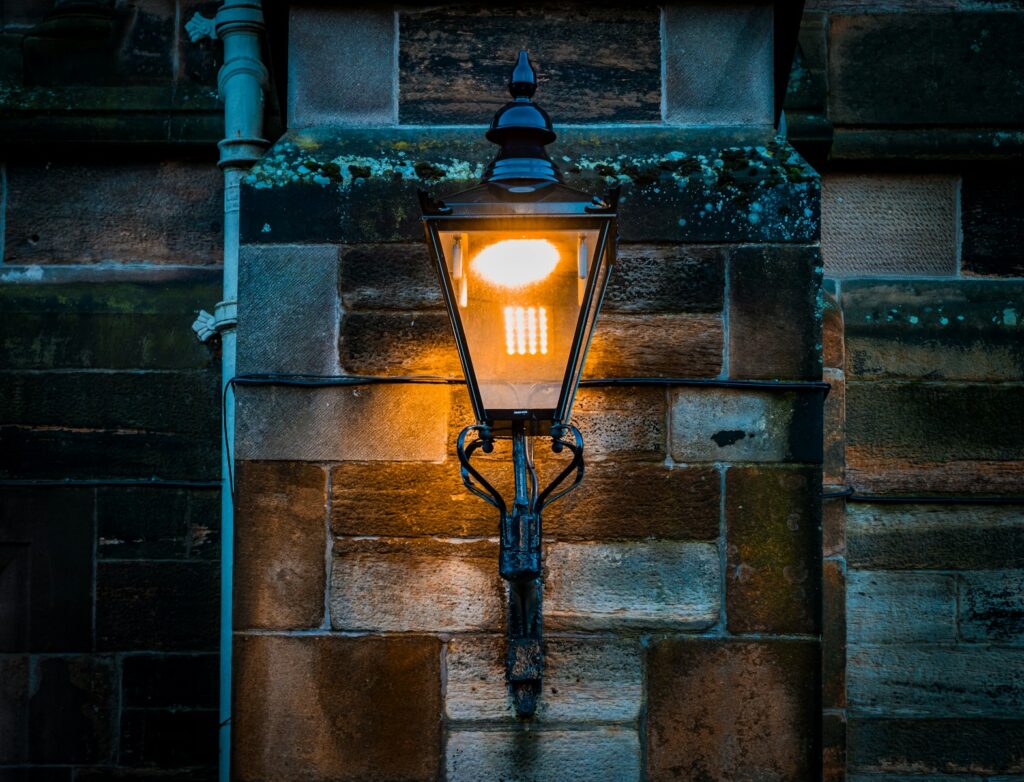
The Pervasive Problem of Neighbour Light Trespass
For many affected homeowners, the issue begins with the immediate and intrusive presence of artificial light invading their personal space. In one reported case, a resident described a neighbour’s back garden illuminated by a large array of lighting, including strings of fairy lights, multi-coloured flickering lanterns, and two security floodlights. This was not a case of gentle ambient lighting; certain fixtures were directed straight into the resident’s bedroom.
Attempts to manage the problem independently often prove inadequate. The resident had installed a blackout blind, a common solution intended to block unwanted light. However, in this instance, the blind failed to provide relief, suggesting either the brightness or the angle of the lighting was too extreme to be countered by standard measures. This underlines how intrusive poorly managed outdoor lighting can become, compromising even the most private areas of the home.
The most concerning consequence reported was the disruption to sleep. With persistent light invading their bedroom and mitigation efforts ineffective, the resident noted that their rest was being severely affected. Sleep disturbance, far from being a minor inconvenience, carries recognised risks to health and well-being. The resident’s appeal for guidance—“Is there anything I can do to resolve this?”—reflects the distress and frustration that such unresolved lighting disputes can generate, particularly when they begin to erode basic quality of life.
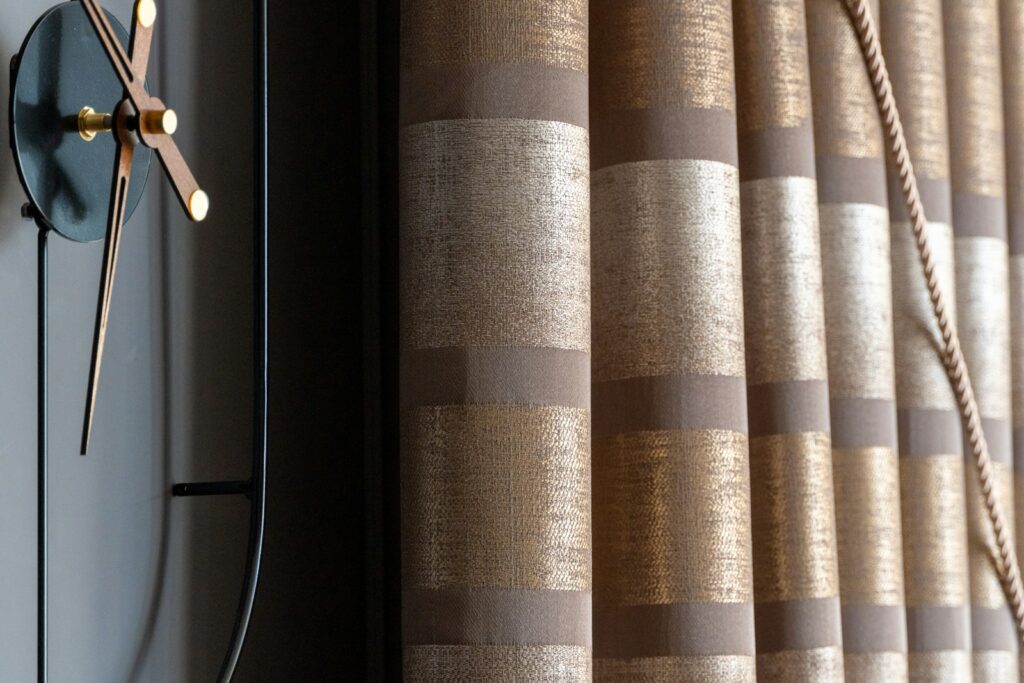
Blocking Out the Glow Indoors and Out
Before seeking external assistance, many individuals turn to practical solutions within their own homes to manage intrusive light. One of the most commonly recommended measures is upgrading existing blackout blinds. If the current blind proves ineffective, it may be necessary to explore improved options on the market, with careful attention to both fit and material quality. A poorly installed or low-grade blind will struggle to block intense illumination from neighbouring properties.
Layering window treatments can further improve results. Combining blackout blinds with heavy curtains adds density and depth, creating a more effective barrier against external glare. This approach can help maintain a darker and more comfortable indoor environment, particularly in bedrooms where sleep quality is most at risk.
Additional measures may involve modifying the garden itself to serve as a natural light shield. Planting trees or tall shrubs along property boundaries can intercept light before it reaches windows. This long-term strategy not only improves privacy but also helps diffuse or absorb unwanted illumination from adjacent outdoor fixtures. These self-directed steps offer a constructive way to reduce light intrusion using personal resources, allowing affected residents to take control of the issue before pursuing formal avenues.

Navigating a Direct Conversation with Your Neighbour
When personal efforts to manage intrusive lighting fall short, the next recommended course of action is a direct, respectful conversation with the neighbour responsible. Expert advice consistently supports this approach, emphasising the importance of a calm and polite discussion tailored to the nature of the existing relationship.
A key reason for initiating dialogue is that the neighbour may be unaware of the impact their lighting is having. Many homeowners install outdoor lights for perceived benefits—security or aesthetics—without realising that the illumination may be disrupting others. By clearly explaining how the lights are affecting daily life, particularly sleep, there is a genuine chance of reaching a quick and amicable resolution.
Preserving neighbourly goodwill is also a critical factor. Addressing the issue informally shows a willingness to resolve matters cooperatively, which can prevent future tensions. Experts note that informal negotiation is often the most effective path forward, as most individuals, when made aware of the situation, are willing to adjust their lighting to avoid causing disturbance. Maintaining respectful communication not only improves the chances of a practical outcome, but also helps sustain a positive residential environment.
Understanding the Role of the Local Council
If direct communication proves ineffective or is not possible due to strained relations, the matter may be escalated to local authorities. The guidance confirms that contacting the local council is an available option in neighbour lighting disputes. However, council intervention is not automatic and depends on the seriousness of the disturbance.
To qualify for formal action, the issue must meet the legal definition of a statutory nuisance. This term represents a specific threshold under environmental protection laws, which obliges or empowers councils to act. Not all light-related complaints qualify; the nuisance must significantly interfere with health or comfort to be considered actionable.
It is also crucial to recognise the legal exemptions that limit council authority in certain cases. For instance, artificial light originating from transport hubs such as airports, railway stations, or bus terminals is excluded from statutory nuisance regulations. This distinction means only lighting from residential or similarly governed private sources falls within the council’s remit under these provisions.
A clear understanding of these legal criteria helps determine whether seeking help from the local council is a practical and appropriate step in resolving persistent light-related disputes.

Legal Definitions for Light Pollution
Determining whether a neighbour’s lighting rises to the level of a legal issue depends on the definition of a statutory nuisance, as set out in section 79 of the Environmental Protection Act 1990. This legislation provides the legal foundation for local councils to assess and act upon complaints related to intrusive artificial light.
To meet this threshold, the lighting must cause a material interference with the enjoyment and use of your property. This means the disturbance must significantly affect your ability to live comfortably in your home or use your outdoor space as intended. Visibility alone is not sufficient; the intrusion must be substantial and detrimental to your quality of life.
Whether the light meets this legal standard depends on several factors. These include the reasonableness and necessity of the lighting, its frequency, its intensity, and how intrusive it is in practice. Consistent and prolonged disruption—particularly where it affects sleep—is identified as compelling evidence of interference. In such cases, the impact on wellbeing and residential amenity may justify classification as a statutory nuisance, thereby opening the door to formal investigation and possible enforcement.
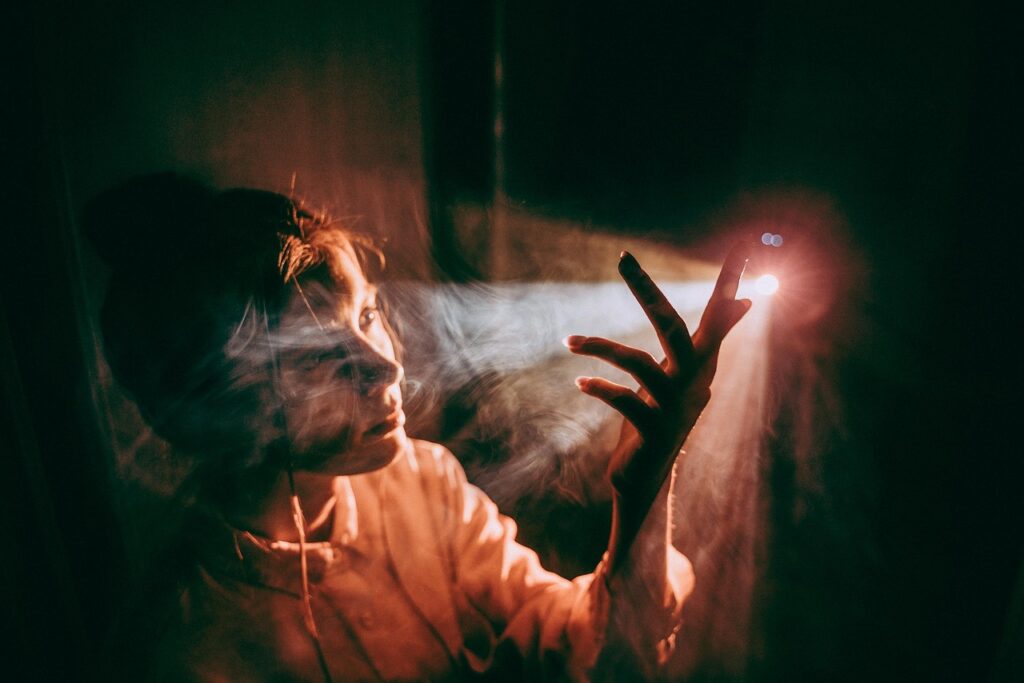
How the Council Investigates Light Nuisance Claims
When a complaint concerning intrusive artificial lighting is submitted to the local council’s Environmental Health Service, the authority is legally obliged to investigate. This task is typically assigned to an Environmental Health Practitioner (EHP), who conducts an impartial assessment to determine whether the reported issue qualifies as a statutory nuisance.
A key element of this process is on-site observation. As the disturbance is often most evident after dark, the EHP is expected to visit the affected property during nighttime hours. During this inspection, the practitioner uses professional light meters to measure the intensity of light entering the complainant’s home, particularly through windows. These readings are then evaluated against established industry benchmarks, such as those provided by the Institution of Lighting Professionals, ensuring the assessment is grounded in recognised standards.
The investigation does not end with the complainant’s property. To fully understand the source and nature of the lighting, the EHP will also inspect the neighbour’s lighting system and discuss its operation with the property owner. This comprehensive approach enables the council to determine whether the lighting setup is excessive, unnecessary, or improperly directed, and whether it meets the legal threshold for enforcement action.
From Practical Adjustments to Formal Enforcement
If the Environmental Health Practitioner determines that the lighting meets the threshold for a statutory nuisance, efforts are typically made to reach a practical resolution. This may involve simple adjustments, such as setting a time for lights to be switched off, changing their angle, or shielding fixtures to reduce glare. These solutions, often facilitated by the council, can offer a quick remedy while preserving neighbourly goodwill.
Should such measures prove unsuccessful, the council is legally required to intervene. An abatement notice may be issued, compelling the responsible party to eliminate the nuisance and prevent its recurrence. Additionally, under the Anti-social Behaviour, Crime and Policing Act 2014, councils may issue a Community Protection Notice where the lighting is deemed unreasonable and persistently disruptive, even if it falls short of a statutory nuisance.
In practice, however, residents often face delays due to limited council resources or the absence of night-time inspection services. Without these investigations, many legitimate complaints remain unresolved, highlighting a disconnect between legal protections and enforcement capacity—particularly for issues that arise after dark.
Compelling Council Action When They Are Reluctant
When a local council appears unwilling or slow to investigate a light nuisance complaint, it is essential to assert their legal responsibilities. Referring them directly to their duty under Section 79 of the Environmental Protection Act 1990 reinforces that they are required to investigate potential statutory nuisances and that this is not a matter of discretion.
If this approach proves ineffective, involving your elected local councillor can be a powerful next step. Councillors act on behalf of residents and can raise concerns directly with relevant departments, applying pressure where internal processes stall.
Where the council continues to neglect its obligations, submitting a formal complaint to the Local Government Ombudsman may be necessary. The Ombudsman has authority to investigate local authority failures, and the prospect of such scrutiny can compel councils to act in accordance with the law.
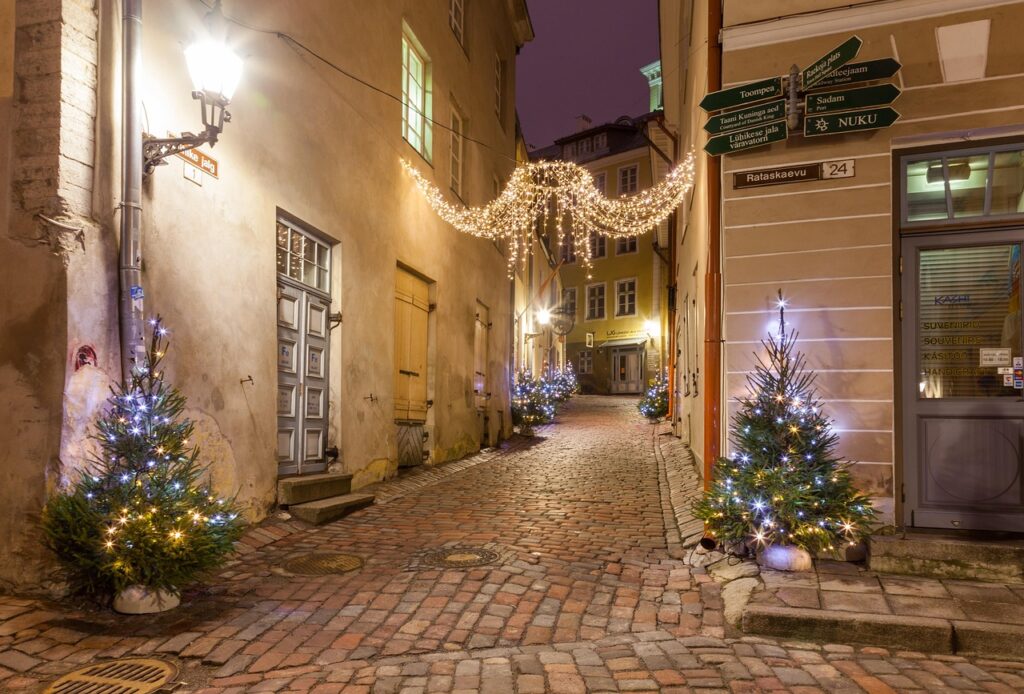
The rising popularity of outdoor lighting, intended to enhance home aesthetics and security, has led to increasing neighbour disputes due to intrusive light spilling into adjacent properties. Excessive or poorly directed lighting can disrupt sleep and invade privacy, impacting residents’ quality of life. Initial solutions often involve blackout blinds or garden landscaping, followed by respectful dialogue with neighbours to resolve the issue amicably. If these steps fail, local councils may intervene under environmental laws, investigating complaints as potential statutory nuisances. Enforcement can include requiring adjustments to lighting or issuing legal notices. However, delays and limited resources sometimes hinder effective resolution. Residents are encouraged to assert council responsibilities and involve local representatives or ombudsmen if necessary.


